Flash flooding is the ugly face of stormwater that we see on the nightly news, but there are risks to clean water and fish when rain carries pollutants and plastics off sidewalks, parking lots, and rooftops
On Sunday evening, as a thunderstorm raged here in Maryland, my social media feed lit up with live videos and photos of massive flooding just 40 or so miles west of my home. Mere minutes from where I went to high school, the town’s historic Main Street became, for the second time in as many years, a furious torrent of water—bursting through shops and restaurants, carrying cars, and taking one man’s life. An Air Force veteran died helping to rescue people trapped in the flood.
This is the ugly face of stormwater. But it’s not just a safety concern for our communities as severe storms become the new normal—the deluge carries many dangerous pollutants into our fish and wildlife habitat, washing out our hunting and fishing opportunities.
So few conservation issues can be made as tangible as the raw power of this rainwater, unhinged and with the ability to upend lives. But you rarely see the images of destruction from storms connected with the consequence for sportsmen and women on the nightly news. Here’s why stormwater management should matter to anyone who depends on clean water for our best days afield.
A Conveyer Belt for Pollutants
Consider that water is often polluted by three main sources: The first, agricultural runoff, is exactly what it sounds like, and we’ve been over the consequences for fish and wildlife many times before. The second is wastewater, which leaves our sinks, toilets, bathtubs, and washing machines and is generally treated before reentering a watershed.
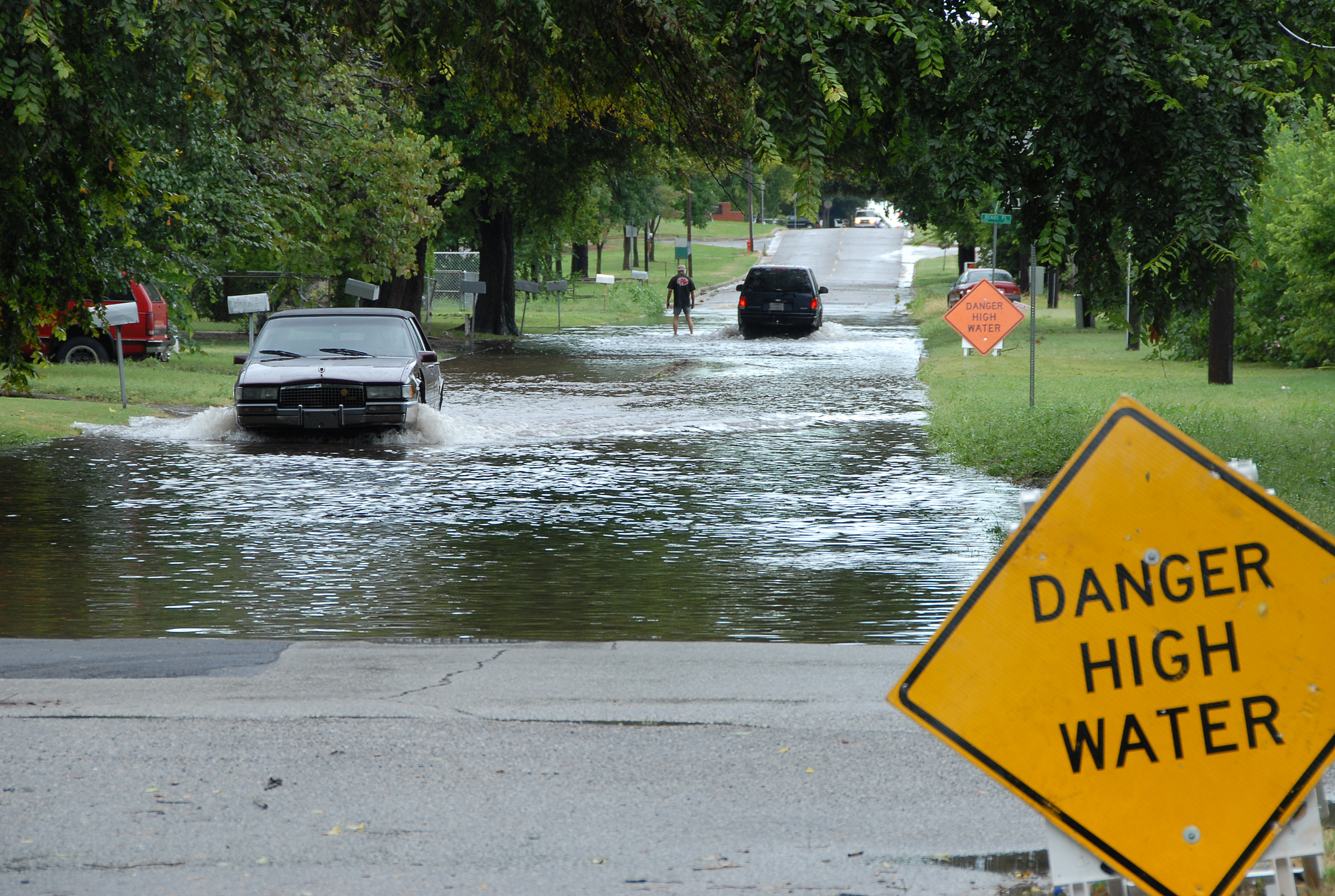
Stormwater is the third major source of pollution affecting fish and wildlife habitat—rain (or snow) runs down the street and off our sidewalks, driveways, parking lots, and roofs, all “impervious surfaces” that do not permit the absorption of water. This runoff is usually hot, fast, and dirty, and that’s a trifecta of bad news for waters and wetlands downstream.
Stormwater serves as a conveyor belt delivering the detritus of our daily lives to streams, rivers, and bays. The collection of stuff it carries varies wildly, but includes lawn fertilizers, motor oil, topsoil, and plastics of all kinds. And right now stormwater is contributing to problems with water quality and fish habitat in practically every watershed in the nation.
The pollution load increases as we develop more land and more impervious surfaces are built, and this is why stormwater runoff is the fastest-growing source of pollution in the Chesapeake Bay. Stormwater carries nitrogen that feeds fish-killing algal blooms, which can also close our beaches. Stormwater runoff also fuels erosion that dumps sediment into our rivers, raising water temperatures and silting over the gravel beds that are critical fish spawning areas.
Prevention and Regulation
As sportsmen and other citizens continue to insist that our government—at all levels—takes clean water more seriously, stormwater regulation has become more and more common. Prevention involves building new roads or housing developments in ways that slow down, cool off, or block stormwater flows.
This can be done in several ways. Major highway and building projects often require expansive stormwater retention ponds that eventually come to serve as permanent functional wetlands that provide wildlife habitat while allowing sediment and nutrient pollution to filter out of the water before it goes downstream. Some public buildings around the Chesapeake Bay also boast porous paver parking lots that permit water to soak through instead of rushing off the dirty surface. And increasingly, we see the adoption of stormwater management around homes, with the installation of rain barrels and rain gardens.
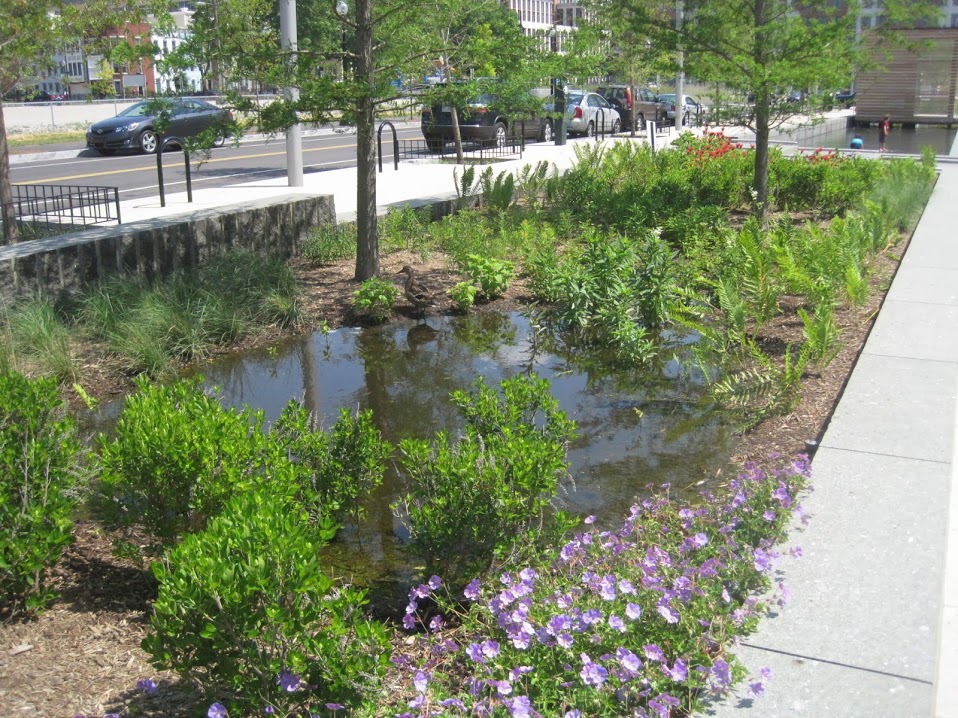
These are largescale solutions requiring bulldozers and engineers and small projects that can be done on a DIY budget. But, either way, stormwater management has major benefits for fish and wildlife populations that may be far downstream of neighborhoods and roadways. Let’s not allow them to be out of sight and out of mind as we advocate for clean water solutions.
The Doppler radar will surely light up with severe storms again and again—we can’t afford to wait until a flash flood hits to recognize how much is at stake.
Top photo courtesy of Jan-Willem Reusink.

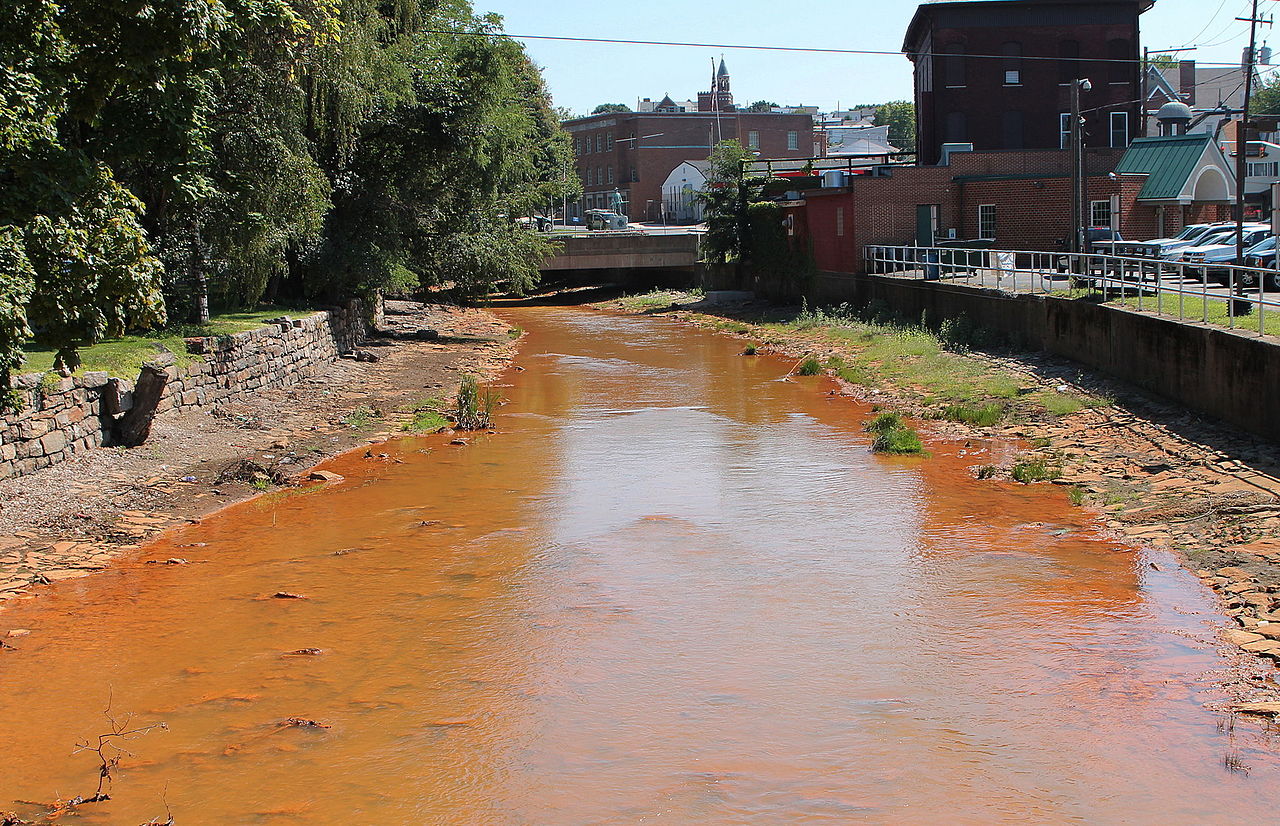
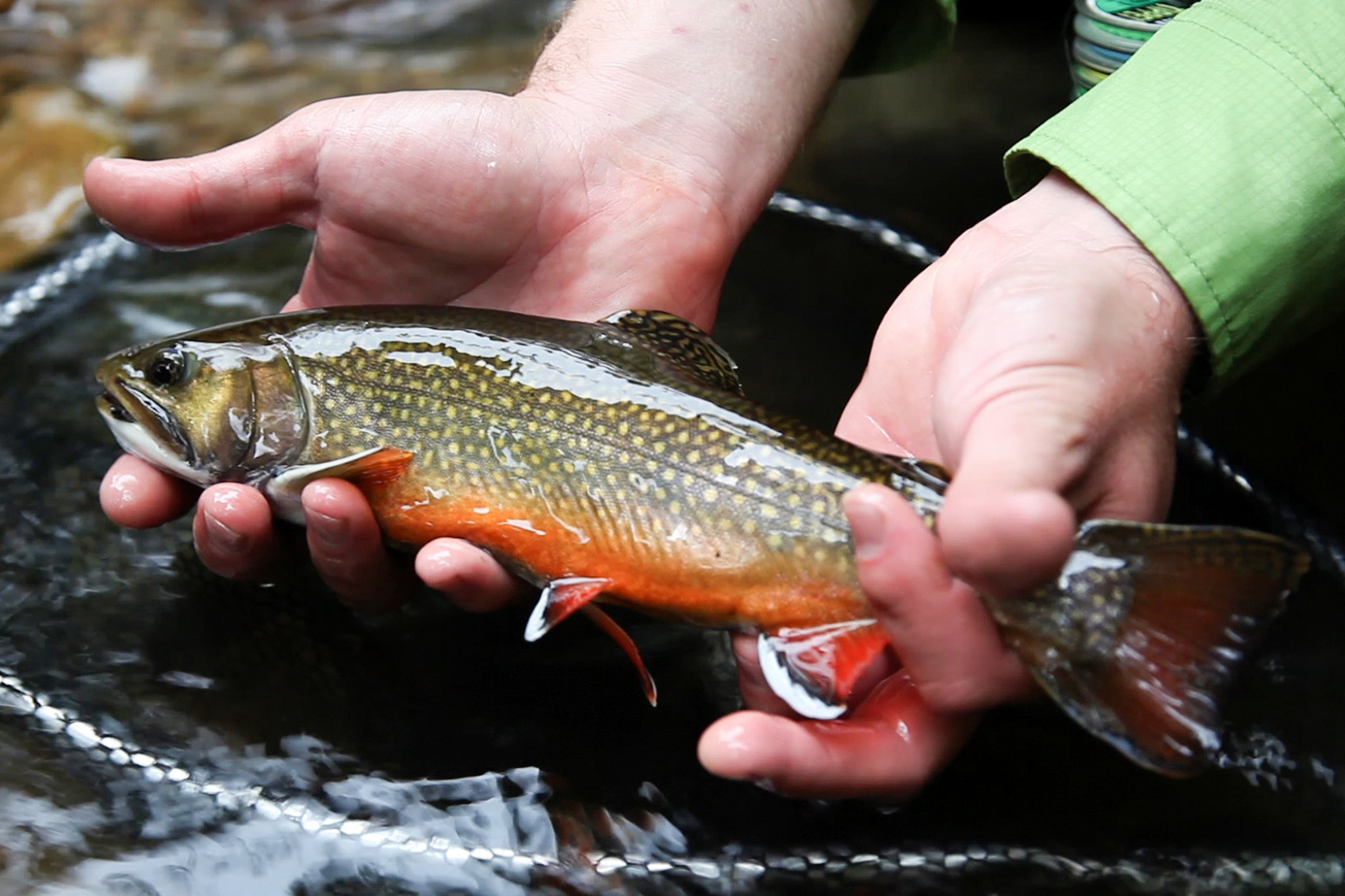
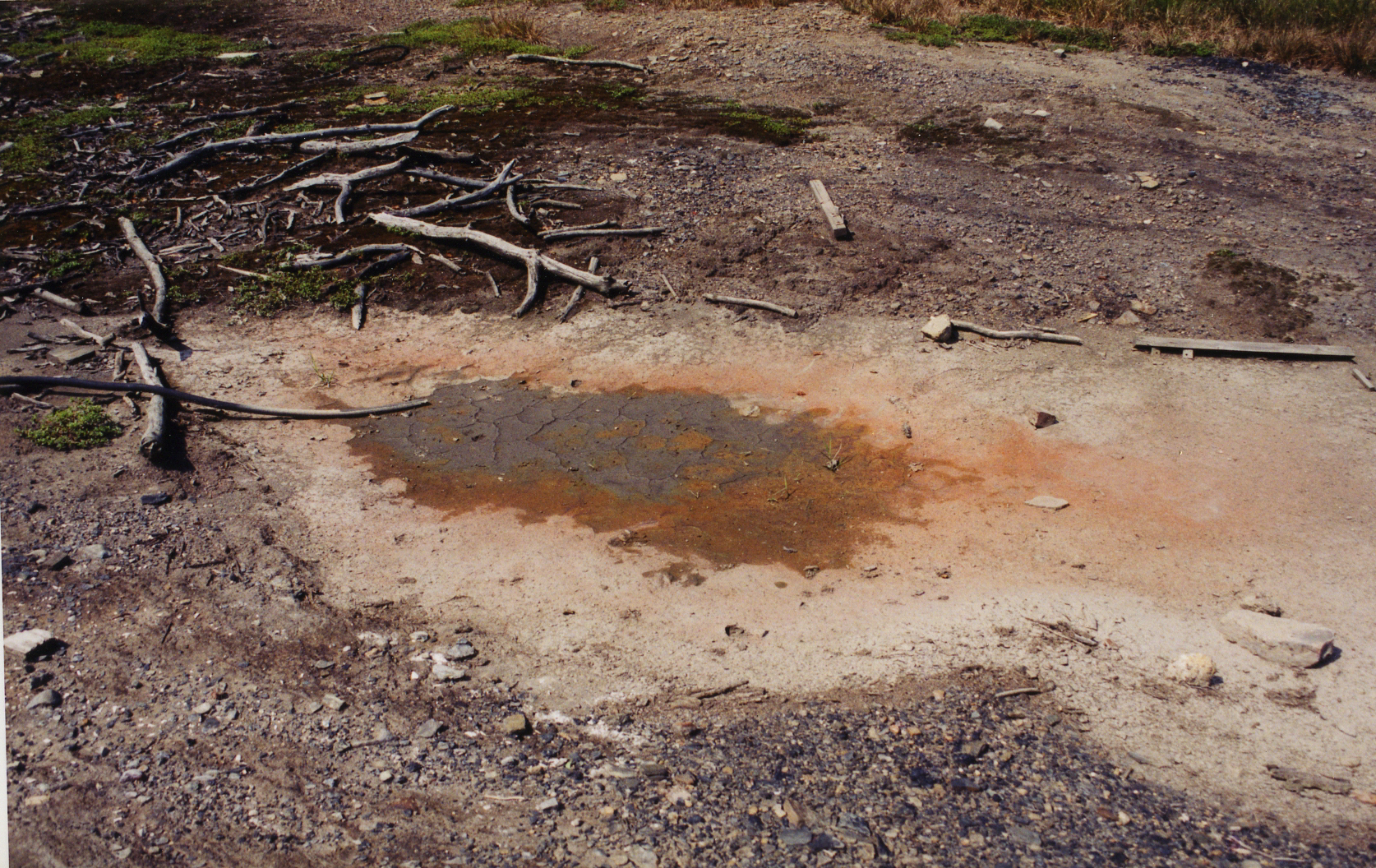
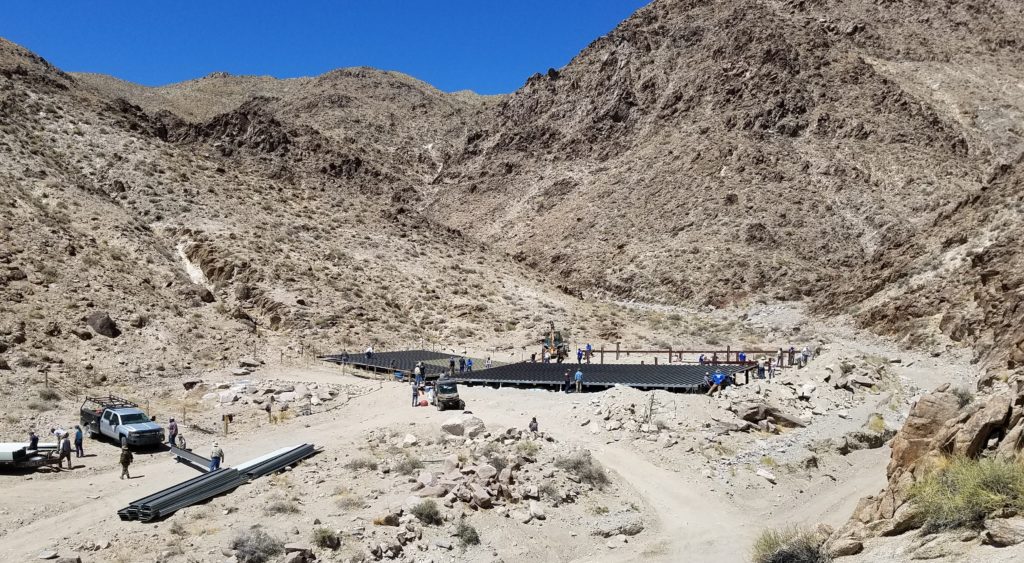


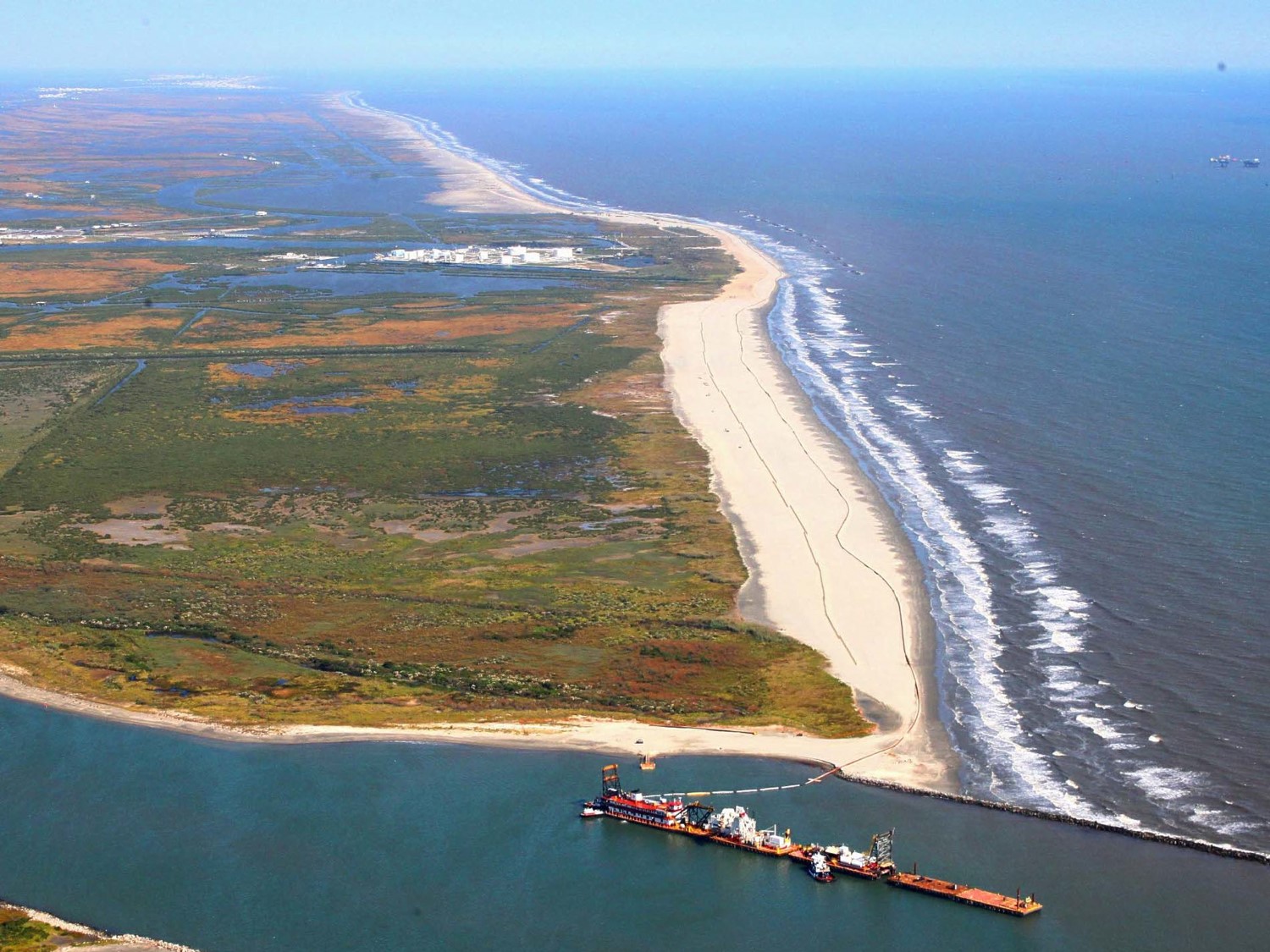




This spring our neighborhood creek flooded . It doesn’t happen every year but it’s interesting to see all the soap suds flooding down the creek or piling into big drifts aong the shore.
Often when any citizenry faces such devastating problems they blame agricultural fertilizer(s), which is true, but never realize that suburban/urban lawn fertilizers do way more damage. While I have an ornamental lawn myself, I refuse to fertilize it and really water it only when desperate. My wife likes lawns as did my late father and maternal grandmother. However, unless it is native and can withstand droughts and floods, I have no use for such. Fertilizers not only contain nitrogen and phosphorus, but potassium, which can prove to be a real problem. Good for those retention ponds and porous pavements. To help clear a small body of water, I learned long ago from a high school classmate that went on to earn a wildlife biology degree, he said put in a bale of hay, barely preferably, but a bale of hay to clear sediment and keep native grasses growing in the riparian areas surrounding pond.